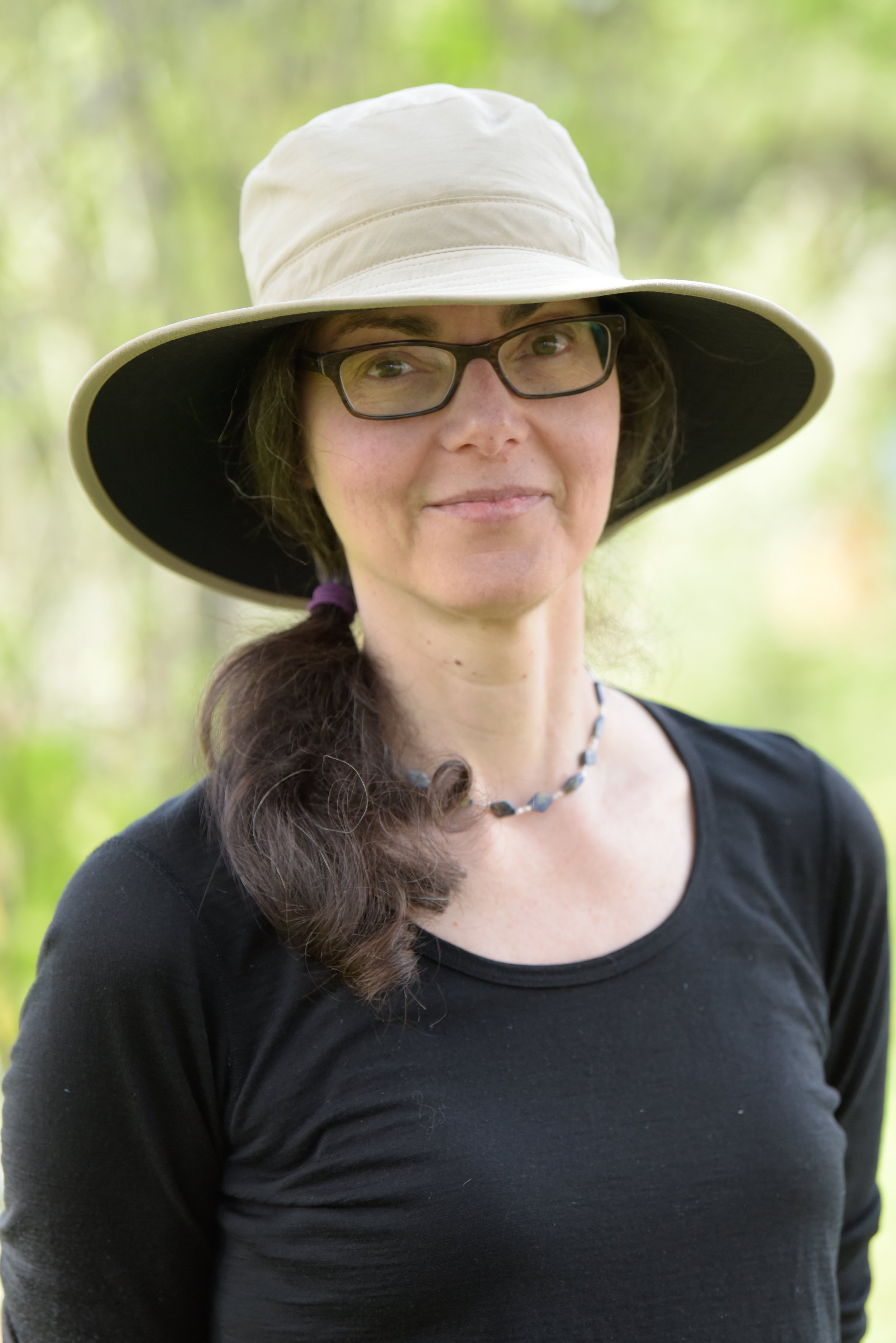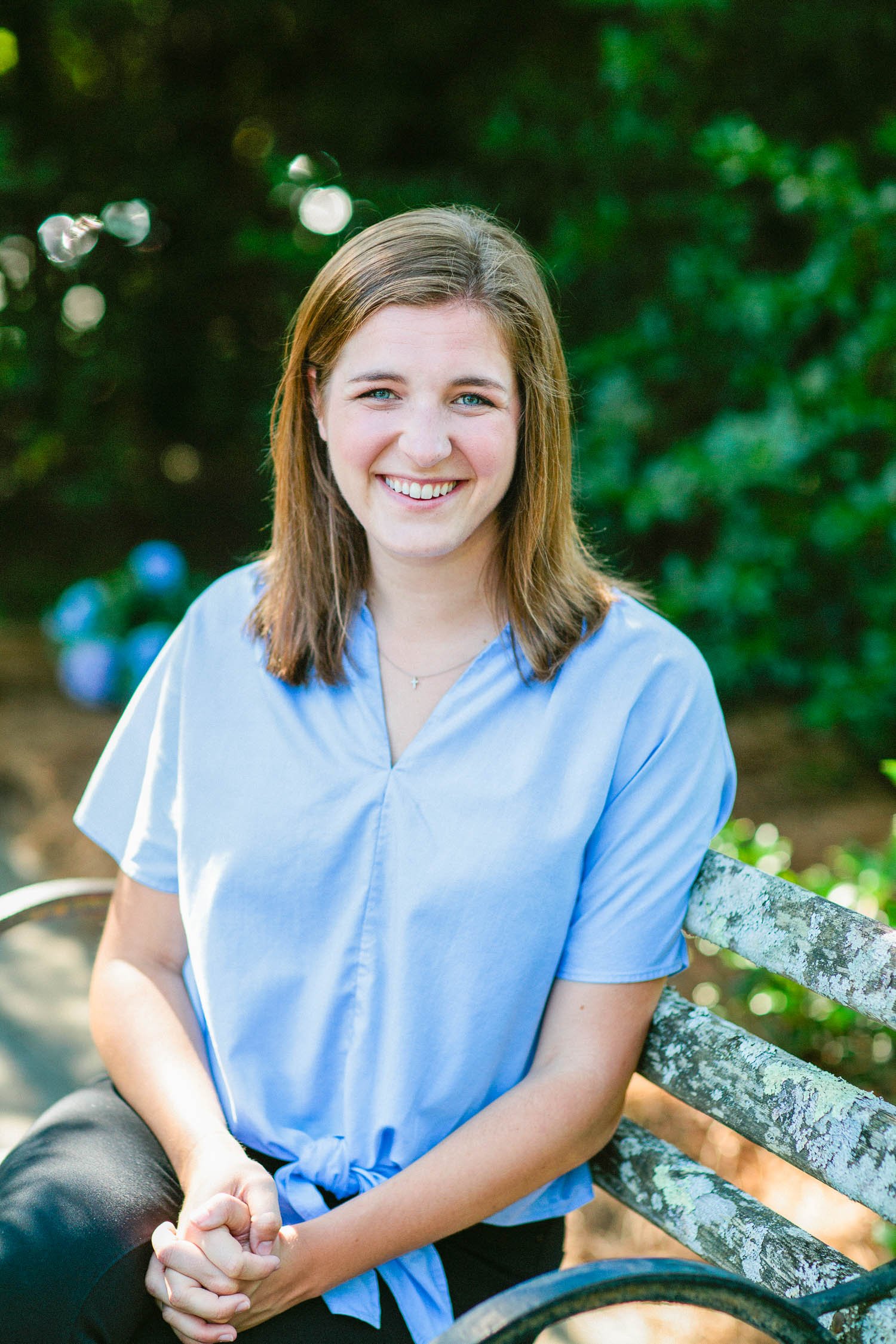JULIE WITMER BIO
Julie Witmer works to create beautiful and ecologically sensitive gardens across the continental United States. She began in perennial production and garden nursery retail before earning a Certificate of Horticulture—Britain’s professional gardener qualification—from the Royal Horticultural Society in Wisley, UK. She is a popular local speaker, teaching classes for all ages, and is a published garden photographer in books by Timber Press, Kew Gardens, and Rodale. Her own garden, Havenwood, is nearly one acre and divided into fifteen diverse garden spaces which grow a wide variety and succession of plants throughout the year.
With a keen eye for design and place, Julie has worked with private clients for nearly twenty years, helping them realize their own garden dreams, and providing one-on-one coaching in order to grow the skills of the gardener alongside their garden. She shares online classes and garden inspiration on her Substack Julie Witmer Gardens and Instagram at @juliewitmergardens.
You can learn more about Julie by visiting her website juliewitmer.com.
SHOW NOTES
How her passion for plants started while working at a local retail nursery after college and her transformational experience with plants, propagation, and gardening books
Julie credits Christopher Lloyd and Beth Chatto for shaping her early gardening philosophy
A favorite quote from Gertrude Jekyll in the Wooden Garden about the endless learning in gardening:
“I have learned so much. And I’m always learning from other people’s gardens. And the lesson I have learned most early is to never say, I know there is so infinitely much. To learn and the conditions of different gardens vary so greatly, even when soil and situation appear to be alike, and they are in the same district. Nature is such a subtle chemist that one never knows what she’s about and what surprises she may have in store for us.”
Insights from Charlotte Mason on nature study and fostering a love for plants in children
“Let them once get in touch with nature and a habit is formed, which will be a source of delight through life. We were all meant to be naturalists, each in his degree. And it is inexcusable to live in a world so full of the marvels of plants and animal life and to care for none of these things.”
Working at the nursery, Julie discovered her ability to solve complex problems with plants
Julie reflects on her college journey, transitioning from biochemistry to teaching
Teaching botany to her children and homeschooling
The creativity of table studies
Julie explains her locally based design business and her passion for helping families create better spaces with plants.
Her experience pursuing the RHS professional gardening certificate long-distance.
The importance of viewing the entire outdoor space as a garden, not just specific areas.
The emotional aspect of gardening and her role in helping clients navigate design decisions.
Julie recounts a project in Ohio where she helped a family overcome strife with neighbors through thoughtful garden design.
Julie emphasizes the uniqueness of each garden, highlighting that no two gardens are identical
Being honest about one's garden, expectations, strengths, and constraints is crucial.
The importance of aligning the garden with the gardener's desires and the environment.
Layering in garden design to create diversity, interest, and complexity by incorporating various elements such as trees, shrubs, perennials, annuals, bulbs, groundcovers, and self-seeding plants
Discovering wildflower treasures once mowing stopped
The Erythronium post Julie references
Sharing her knowledge through writing, teaching classes, and engaging with gardening communities
Her daily routine of walking around the garden, observing plants, pests, and seasonal changes to help her with planning, problem-solving, and documenting the garden's progress
Julie’s approach to Japanese beetles
Her commitment to continuous learning from her garden and other horticulturists like Fergus Garrett
The North American Friends of Great Dixter
Her three main methods of note-taking: using photos, journaling, and using post-it notes
Julie reflects on how her garden plan, made a decade ago, has evolved over time.
favorite books that inspire her: Christopher Lloyd’s Succession Planting for Adventurous Gardeners, Beth Chatto’s Woodland Garden, The Well-Gardened Mind by Sue Stewart-Smith, which explores the therapeutic effects of gardening, and The Grove by Ben Dark, which combines humor and historical plant knowledge.
The challenges of gardening in a cold climate (zone 5) .
Julie discusses the myth that perennial mixed borders require more work than maintaining a lawn.
The lack of knowledge about complex habitats in gardens for biodiversity
How to propagate horticulturists by making gardening accessible, instilling a love for plants early on through exposure and hands-on experiences, and empowering families to design and live in their gardens
You can learn more about Julie by connecting with her on Instagram (@JulieWitmerGardens), through her Substack newsletter (juliewitmergardens.substack.com), and her design website (juliewitmer.com).





















